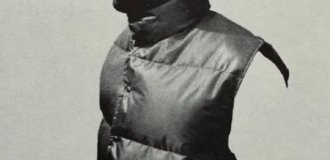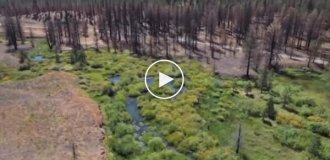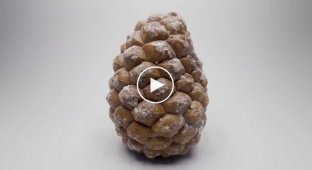While humans are obsessed with achievement and spend their lives trying to become the best, the first, and the most famous, animals make no effort whatsoever. 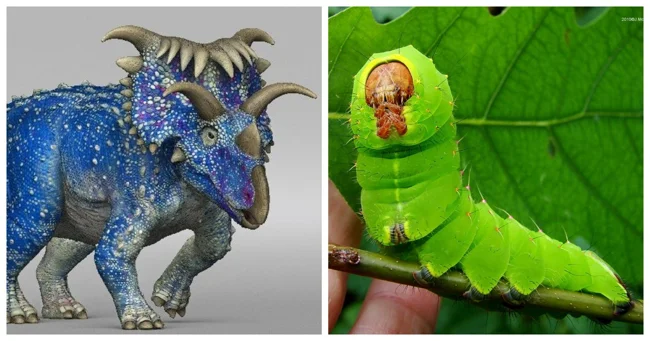
And they quietly become record-breakers, leaving us perplexed and once again amazed at the possibilities of nature.
1. Most Horns 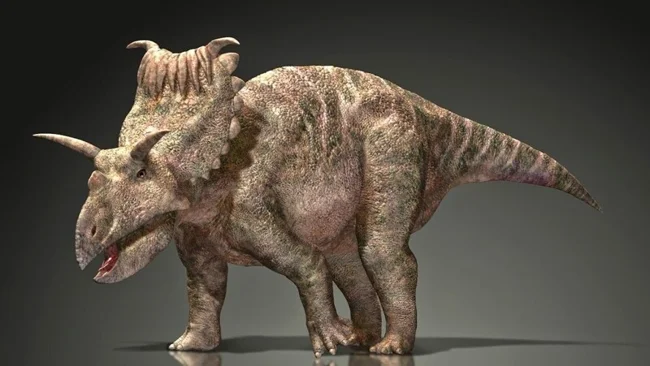
The record for most horns belongs to the prehistoric Kosmoceratops richardsoni, which had 15. This dinosaur lived approximately 76 million years ago during the Late Cretaceous Period in the southern region of what is now Utah, USA. On the edge of its bony frill that protected its neck were 10 spike-like horns (eight of which were hooked), plus a long, thin, pointed horn above each eye, a shorter, less pointed horn on each cheek, and one small, blunt-tipped horn on the nasal bone. Better-known, but less horned, ceratopsid dinosaurs include Triceratops, Protoceratops, and Styracosaurus.
While the horns of mammals such as antelopes, sheep, goats, and cattle are composed of keratin (the same substance that makes up hair, nails, and hooves) covering a living, bony base, the horns of Kosmoceratops and other ceratopsid dinosaurs were made of solid bone and were projections from specific facial bones of the skull or a bony protective frill on the neck.
2. The Largest Claws on a Living Animal 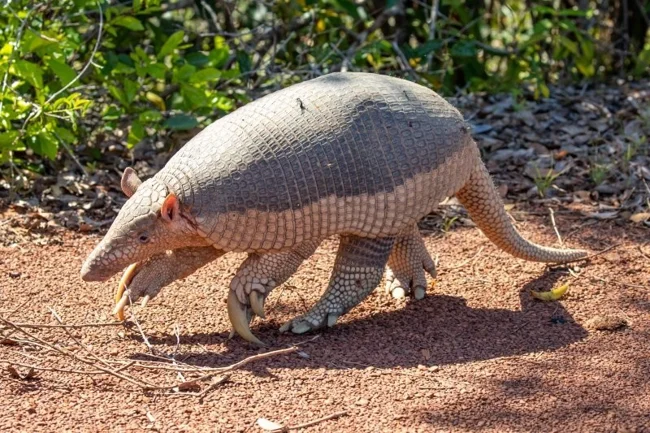
The largest claws of any living animal species are the front claws on the third toe of the giant armadillo (Priodontes maximus), which can reach 20.3 cm (8.1 in) in length. These creatures, found throughout South America, use their claws for digging and destroying termite mounds.
3. Longest migration of any land animal 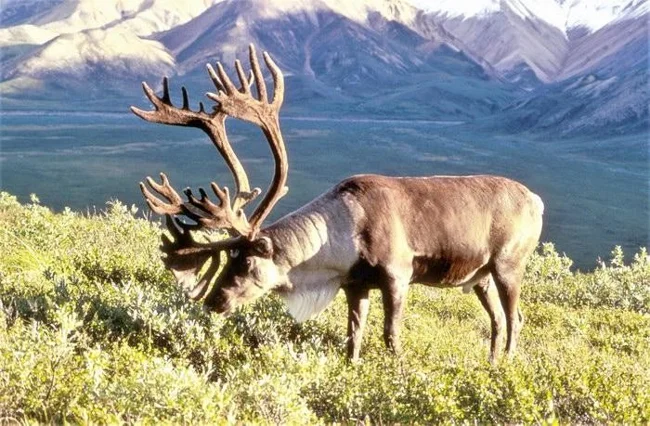
The longest distance traveled by a migratory land animal belongs to the Grant's caribou (Rangifer tarandus granti) of Alaska and the Yukon Territory in North America. These animals travel up to 4,800 kilometers per year.
4. The Fastest Evolving Animal 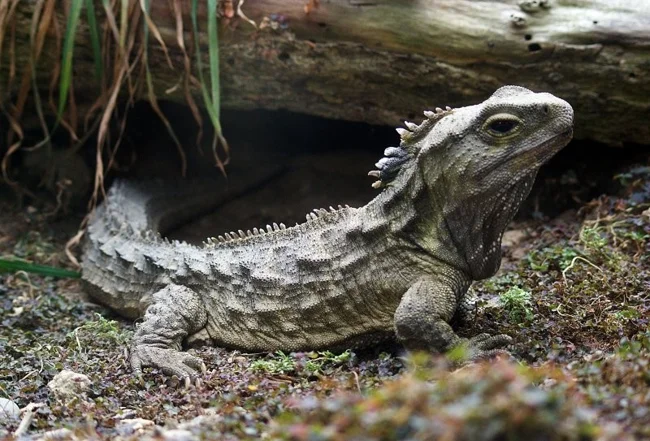
The tuatara (Sphenodon punctatus), a unique reptile endemic to New Zealand, evolves at a rate nearly 10 times faster than the average for all animals. A report published in March 2008 in the journal Trends in Genetics noted that this species accumulates about 1.37 substitutions per nucleotide every million years, compared to an average of just 0.2 substitutions. This is called molecular evolution. Yet, the appearance of this dinosaur-age creature has remained unchanged since the Mesozoic.
5. The Loudest Sounds Made by Animals 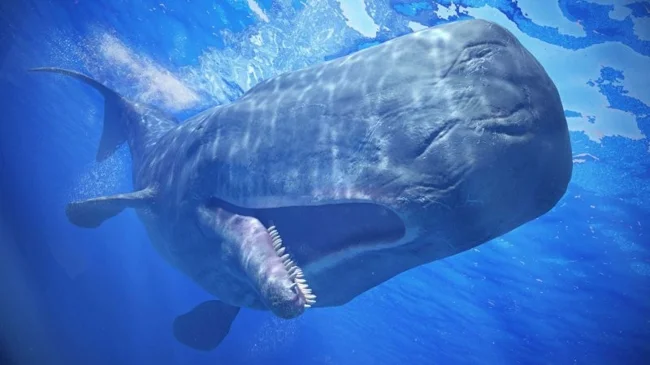
The loudest sounds made by animals are the short clicks of the sperm whale (Physeter macrocephalus). They use them for echolocation while hunting prey in the dimly lit ocean depths. These clicks can reach a volume of 236 dB in adults. To the human ear in air, this is roughly equivalent to a nearby rumble of thunder multiplied by 44. Sperm whales can hear each other's vocalizations from distances of several tens of kilometers.
Measuring and comparing the volume of animal sounds is incredibly difficult. Even when using the same measurement methods, factors such as distance to the source and whether the sound propagates through air or water influence the results (for example, the difference in loudness of the same sound in air and water is approximately 61.5 dB). A study that recorded sperm whale clicks up to 236 dB was conducted relative to a reference pressure of 1 micropascal (1 μPa).
Sperm whales have been recorded producing a range of different sounds for different situations, including regular clicks, creaks, slow clicks, and codas (specific click sequences). Interestingly, it has also been discovered that different clans of sperm whales have dialects based on the codas they use for communication. Within these regional differences, the codas also vary among individuals, suggesting that each animal may have its own unique signature call.
6. The Most Heat-Resistant Multicellular Animals 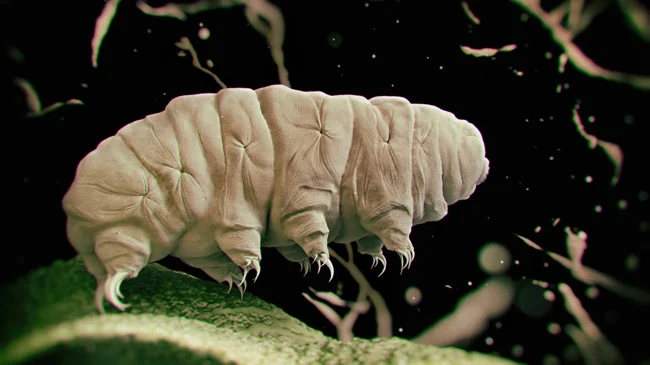
The most heat-resistant multicellular animals are tardigrades—a group of tiny, nearly indestructible animals that can survive temperatures exceeding 150°C and suspend their metabolism to survive. These invertebrates, about 0.5 mm long, have survived in outer space, and some have even withstood solar radiation.
7. The Most Voracious Animal 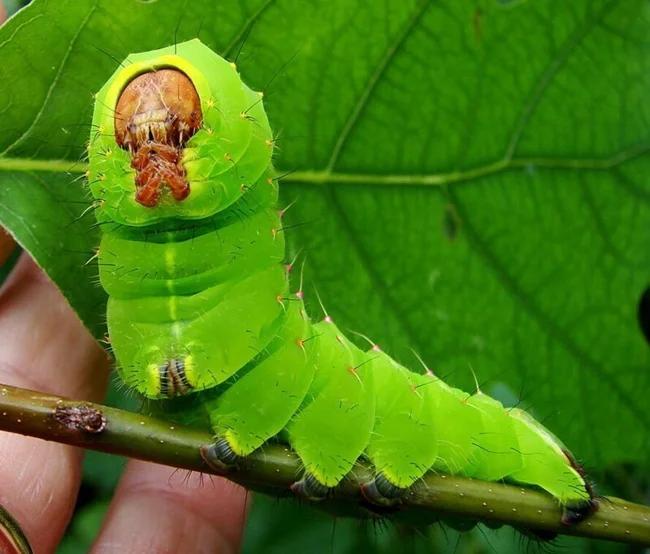
The larva of the peacock moth (Antheraea polyphemus), found in North America, consumes 86,000 times its birth weight in food during the first 56 days of life. To use a human analogy, this would be equivalent to a 3.17 kg child eating 273 tons of food.
8. Most Legs Ever on an Animal 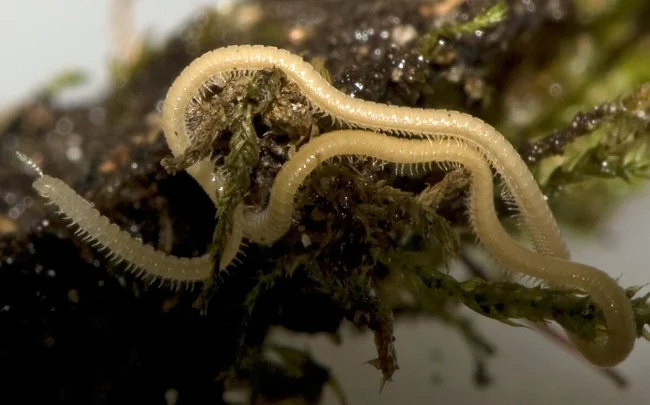
The absolute record for the most legs among any animal species, living or extinct, belongs to Eumillipes persephone, a recently described species of millipede from the Goldfields region of Western Australia. It has 1,306 legs, or 653 pairs. Like all millipedes, nearly each major body segment (and this species has 330) bears two pairs of limbs (hence the taxonomic name Diplopoda, which translates as "two-legged").
It was discovered approximately 60 meters underground in a borehole. As expected, this species exhibits a number of adaptations to life deep underground: it lacks eyes and pigmentation, but it does possess a pair of antennae (feelers) that it uses to explore its surroundings by touch.
This amazing new species, resembling a thread, only 95.7 mm long and 0.95 mm wide, was discovered in August 2020, and its official scientific description and name were published in December 2021 in the journal Scientific Reports.
9. The Most Prolific Animal 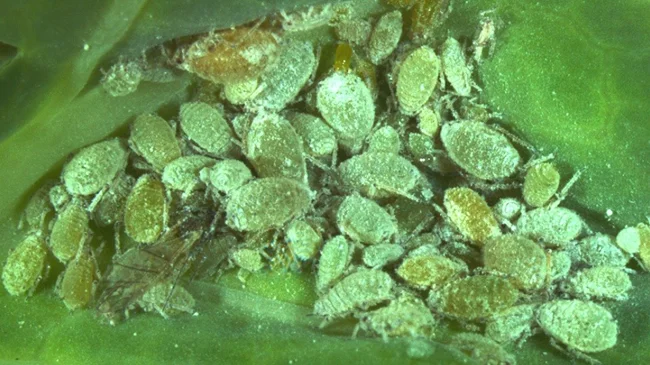
It is estimated that, given an unlimited supply of food and no predators, a single cabbage aphid (Brevicoryne brassicae) could theoretically produce offspring in a year weighing a total of 822 million tons. This is more than three times the combined weight of the entire human population on Earth.
10. Thickest Skin in an Animal 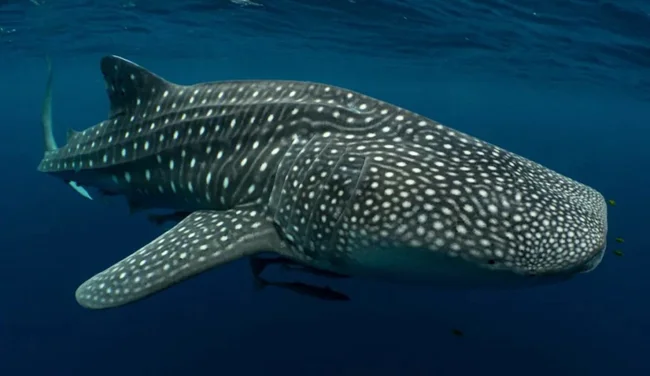
The whale shark is not only the largest fish in the ocean. It also has the thickest skin of any living creature—both in the ocean and on land. Typically about 10 cm thick, this skin provides the animal with vital protection and insulation. This thick, rubbery epidermis is an evolutionary adaptation that limits its predators to killer whales, great white sharks, tiger sharks, and humans.
Add your comment
You might be interested in:







